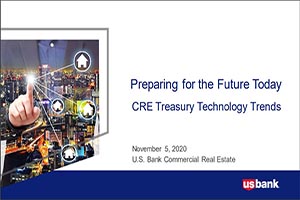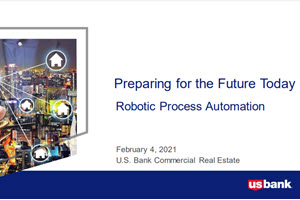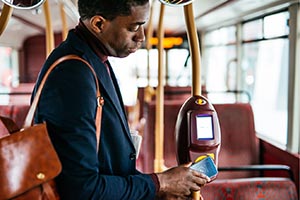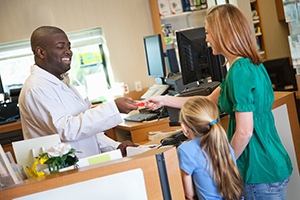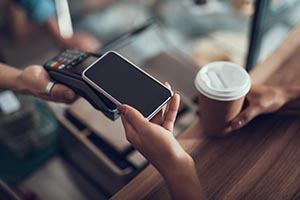Mobile access and contactless payments remove boundaries.
Some of the un-and-underbanked may face roadblocks to mass transit. They may deal with language barriers that complicate face-to-face or kiosk ticketing, a lack of cash to buy traditional pre-paid transit cards, and unpredictable work schedules that make prepaid or monthly transit cards a waste of money. Mobility drives economic growth—that’s why transit agencies and local governments are looking for smart ways to simplify and streamline the collection of fares for themselves and the riders they serve.
The move to open loop offers access, flexibility, and convenience.
According to the American Public Transit Association (APTA), more than 150 major cities are considering migrating from closed-loop to open-loop transit systems.2 Open-loop systems accept card-based and digital mobile payments including contactless (tap-based) credit/debit cards, prepaid debit cards, app-based wallets such as Google Pay, and peer-to-peer accounts such as Venmo. A recent article on PYMNTS.com highlights mobile payment trends among the unbanked, calling out that 81% of US consumers own smartphones and use them to make mobile payments. 2
Un-and underbanked open to tap-to-pay.
As post-Covid mass transit usage returns to pre-pandemic levels, travelers are ready for a smarter way to ride. Researchers surveyed 200+ un-and underbanked passengers in the Davis-Sacramento-Woodland area of California to gauge their willingness to use digital payment tools, such as contactless cards, and smartphone-based apps. The results were impressive. More than half of respondents would be open to paying with a prepaid debit card or a prepaid government-issued debit card, and about a third are open to paying with a mobile phone.3 If you’re considering contactless transit payments that provide fair, accessible options for un-and-underbanked populations, request our e-book and learn more today.
"Contactless EMV payment solutions provide tremendous benefits to unbanked and under-banked transit customers.” says Adam McGavock, Business Development Manager. “In addition to safety and convenience, fare capping functionality allows them to enjoy the cost benefits of pass products without the initial investment."
Tap-to-pay contactless cards make riding simple for everyone.
From grocery stores to gas stations, tap-to-pay is a familiar concept that people enjoy using. People already know how to do it, so there are no roadblocks to adoption, even among the elderly or the tech-averse who may be unwilling to download apps or recharge wearables. Bringing this familiar payment option to public transit means that riders can tap and go where, how, and when they want.
Interested in learning more about how tap-to-ride contactless solutions can help optimize costs while offering passengers a better experience? Download our ebook or contact us to discuss creating a contactless fare collection experience.
